Have you ever gazed up at a charming home and been mesmerized by its intricate architecture? Among the various elements that add character to a house, decorative gable pediments stand out as a stunning focal point. In this article, we’ll dive deep into what decorative gable pediments are, the different styles available, their benefits, and installation tips. Let’s embark on this journey together!
What is a Decorative Gable Pediment?
A decorative gable pediment is an architectural feature typically located at the peak of a gable roof. It is often embellished with carvings, moldings, and other artistic designs that enhance the aesthetic appeal of a building. These features can vary significantly in size and complexity, ranging from simple triangles to elaborate scrollwork.
The History of Gable Pediments
The concept of pediments dates back to ancient Greece, where they were used prominently in temples. Over time, the style evolved through various architectural movements, including Roman, Gothic, and Colonial designs. Today, decorative gable pediments continue to be associated with both historical and modern buildings, adding a touch of elegance.
Types of Decorative Gable Pediments
Understanding the different types of decorative gable pediments can help you choose the best option for your home. Each style offers its unique charm and characteristics.
1. Classical Pediment
The classical pediment is characterized by its triangular shape, often featuring ornate friezes and columns. These pediments are commonly found in neoclassical architecture and can evoke a sense of grandeur.
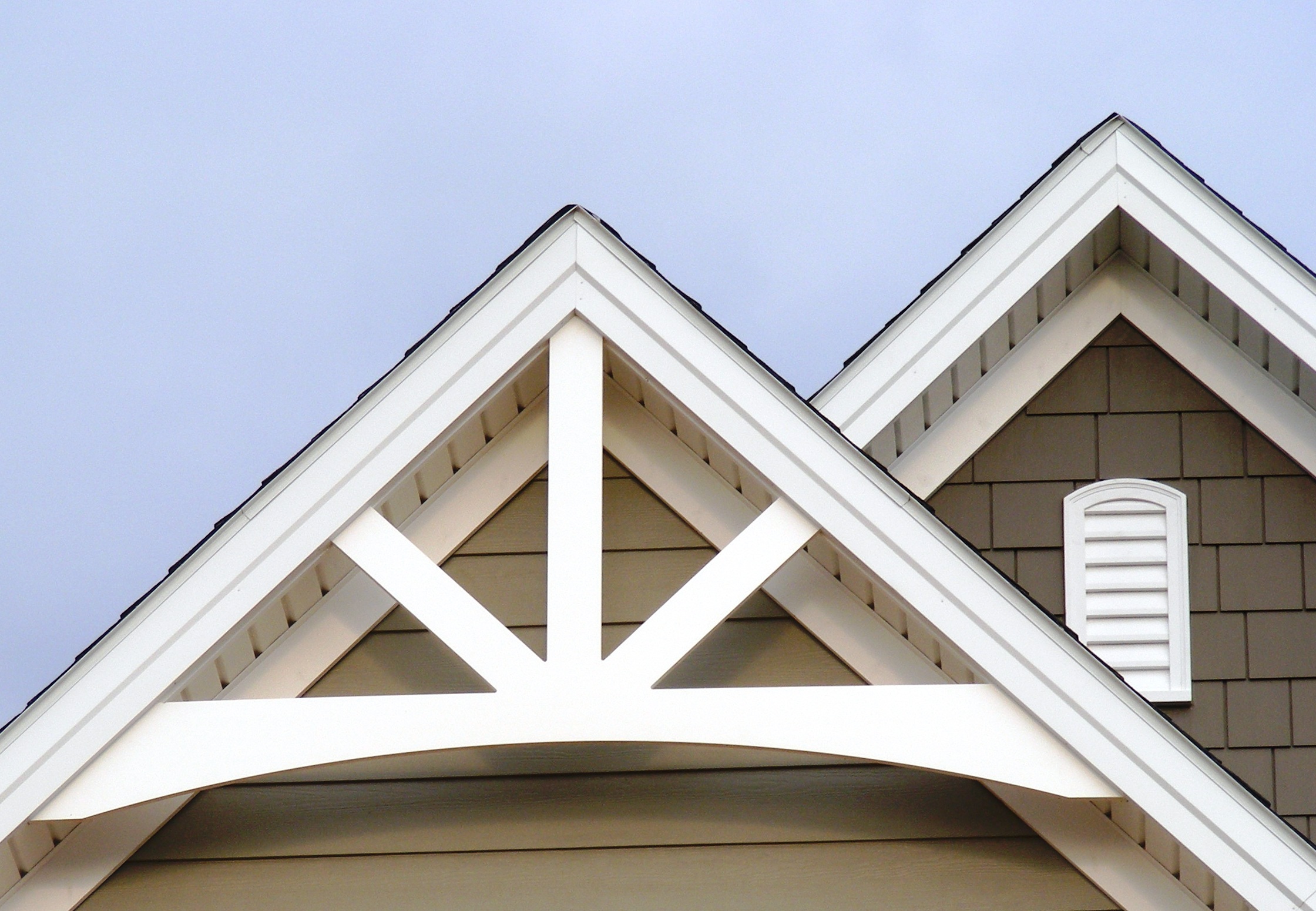
2. Gothic Pediment
Gothic pediments often include arches and intricate designs, reflecting the architecture of cathedrals and castles. They can give your home a distinct medieval flair.
3. Modern Pediment
Modern pediments tend to favor clean lines and minimalistic designs. They are usually crafted from materials like metal or composite, offering a contemporary twist.

Comparison Table: Types of Decorative Gable Pediments
| Type | Characteristics | Best For |
|---|---|---|
| Classical | Triangular shape, ornate details | Historic homes |
| Gothic | Intricate designs, arched shapes | Victorian and medieval styles |
| Modern | Clean lines, minimalistic | Contemporary homes |
Why Choose Decorative Gable Pediments?
Decorative gable pediments serve both functional and aesthetic purposes. Here are some reasons to consider adding them to your home’s exterior:
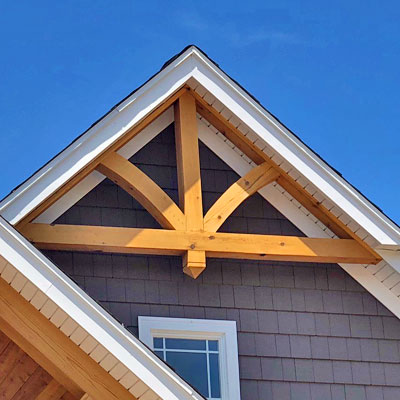
1. Enhance Curb Appeal
One of the primary benefits of gable pediments is that they significantly improve the exterior appearance of your home. The right design can complement the architectural style and create a more polished look.
2. Increase Property Value
Homes with tasteful architectural details tend to have higher resale values. Potential buyers are often willing to pay more for properties that have unique features like decorative gable pediments.
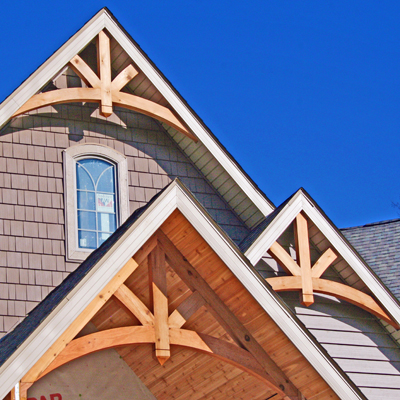
3. Personal Expression
Choosing a style that resonates with you allows you to express your personal taste and style through your home. Whether you prefer classical elegance or modern simplicity, the options are endless.
Pros and Cons of Decorative Gable Pediments
| Pros | Cons |
|---|---|
| Enhances curb appeal | Potentially expensive installation |
| Increases property value | Requires maintenance over time |
| Offers design versatility | May not suit all architectural styles |
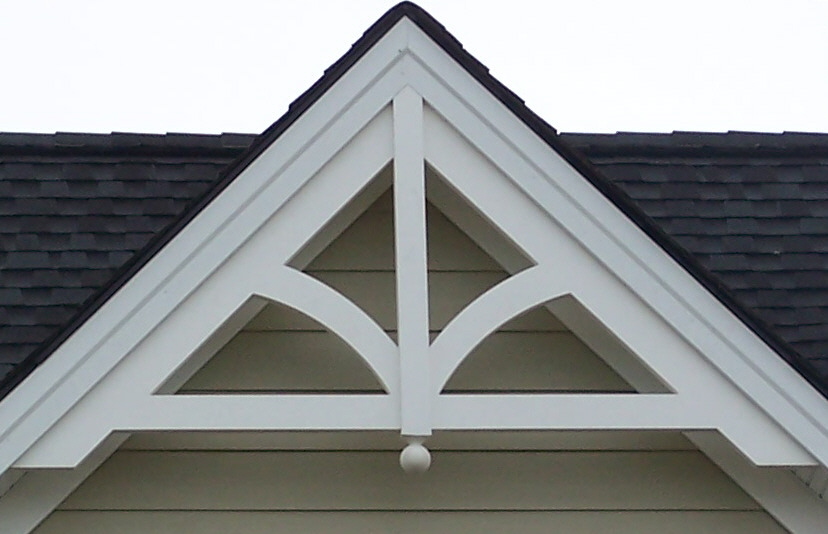
How to Choose the Right Decorative Gable Pediment
Selecting the perfect decorative gable pediment involves considering several factors:
1. Architectural Style
The first step is to align the pediment style with your home’s architecture. A classical pediment may look out of place on a modern home, while a minimalist design might not fit a historic structure.
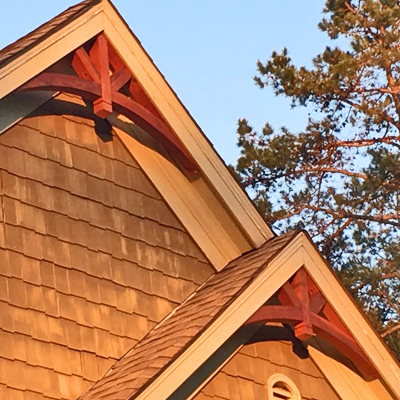
2. Material Considerations
Common materials for gable pediments include wood, fiberglass, and PVC. Each material has its benefits and drawbacks, such as durability, cost, and maintenance requirements. For example, while wood offers a traditional look, it may require more upkeep.
3. Size and Scale
The scale of the pediment should complement the overall dimensions of your home. A large, ornate pediment can overwhelm a small house, while a tiny pediment may look insignificant on a grand structure.
Installation Tips for Decorative Gable Pediments
Installing decorative gable pediments can be a fun and rewarding project. Here are some tips to ensure a successful installation:
1. Measure Carefully
Before purchasing, accurately measure the area where you plan to install the pediment. This will help you choose the right size and avoid costly mistakes.
2. Use Quality Materials
Investing in high-quality materials can save you money in the long run. Cheaper alternatives may require more frequent replacements or repairs.
3. Consider Professional Help
If you’re not confident in your DIY skills, consider hiring a professional. An experienced contractor will ensure the installation is safe and aesthetically pleasing.
Maintenance of Decorative Gable Pediments
Once installed, decorative gable pediments require some maintenance to keep them looking their best:
1. Regular Cleaning
Dust and debris can accumulate on the surface over time, so regular cleaning is essential. Use a soft brush and mild soap to avoid damaging the finish.
2. Inspect for Damage
Regularly inspect the pediment for signs of wear, such as peeling paint or cracks. Addressing these issues promptly can save you from more extensive repairs later.
Tips for Different Materials
- Wood: Treat with sealant every few years to protect against weather elements.
- Fiberglass: Clean with a non-abrasive solution to maintain its shine.
- PVC: Occasional washing with a hose should suffice to keep it clean.
Frequently Asked Questions (FAQs)
What is the average cost of decorative gable pediments?
The cost of decorative gable pediments can vary widely based on the material, size, and complexity of the design. On average, you might expect to pay anywhere from $100 to $2,000 or more.
Can I install a gable pediment myself?
Yes, if you have basic woodworking skills, you can install a gable pediment yourself. However, hiring a professional is advisable for more complex designs or if you’re unsure about your skills.
Are decorative gable pediments weather-resistant?
Most decorative gable pediments are designed to withstand various weather conditions, especially if made from durable materials like fiberglass or treated wood. Regular maintenance is key to ensuring longevity.
What styles of homes benefit from gable pediments?
Gable pediments can enhance various architectural styles, including Colonial, Victorian, and Craftsman homes. They provide a unique charm that complements the design of both historic and modern houses.
Conclusion
Decorative gable pediments are more than just aesthetic additions; they represent a blend of art and architecture that can elevate your home’s exterior. With the right style, material, and careful installation, these features can truly transform your property. Whether you’re considering a classic pediment or a modern design, this guide has equipped you with the knowledge to make an informed decision. Happy decorating!